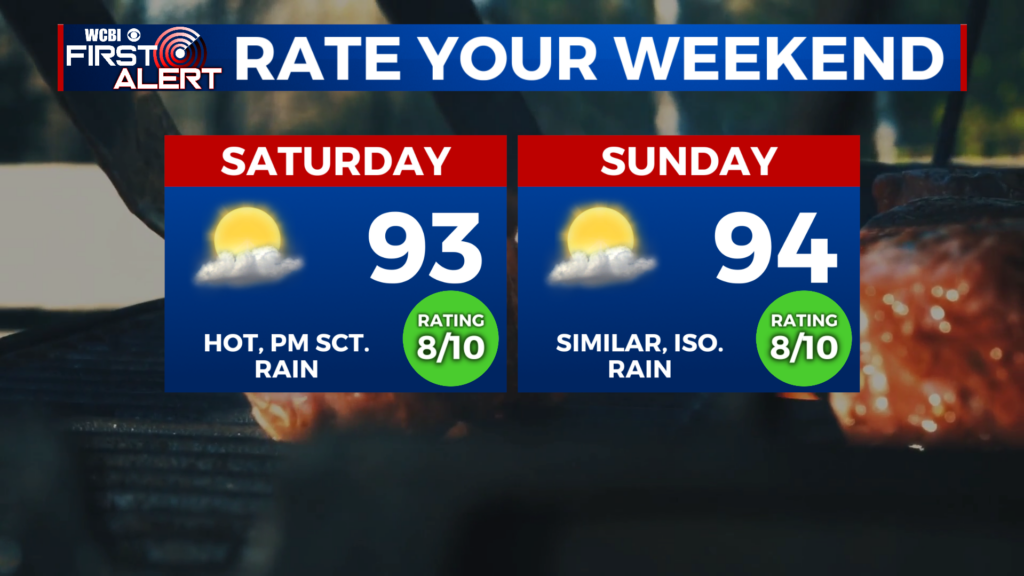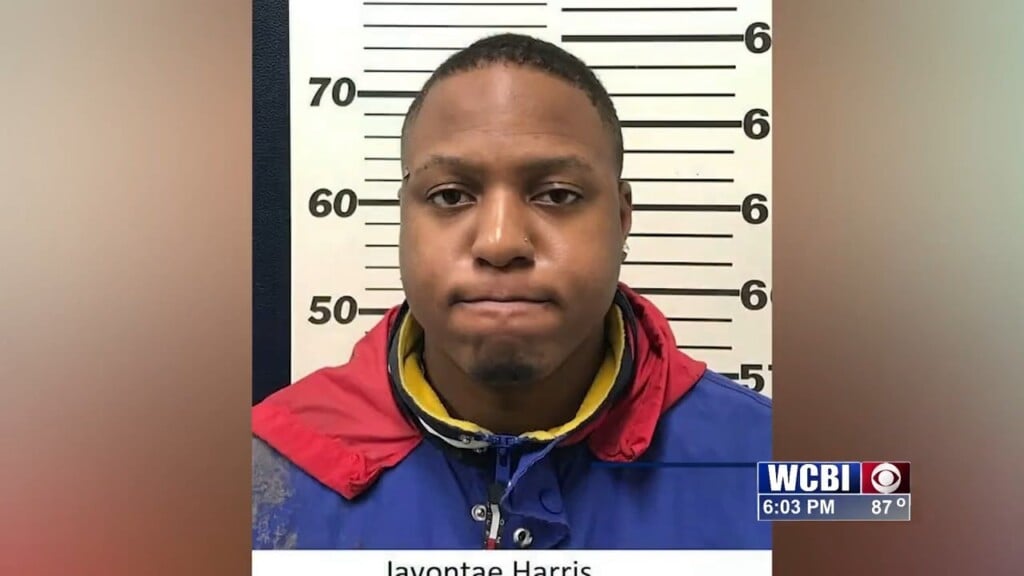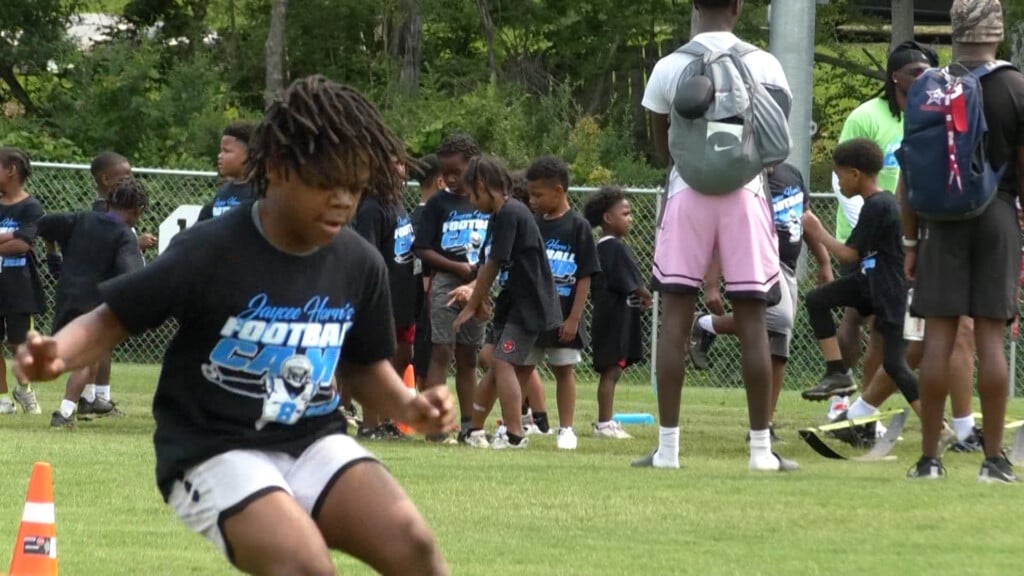Paramedic with Starkville Fire Department explains how to spot, treat and avoid heat exhaustion and heatstroke during sweltering summer
STARKVILLE, Miss. (WCBI) – With the heat index making it feel like 100 to 110 degrees Fahrenheit through the end of July, area first responders want to make sure everyone knows what to do in the event of a heat emergency.
“The body can only try to fight against the heat for so long until it just basically gives out,” says Lt. Shedrick Hogan with the Starkville Fire Department.
So that means staying cool isn’t just a good idea, it’s a necessity.
“You’re dealing with anything from your heat exhaustion, all the way to the most dangerous, which is going to be your heatstroke,” Lt. Hogan says.
Lt. Hogan has spent 20 years as a paramedic. When temperatures get as high as they have during Tuesday’s Heat Advisory, he says knowing the difference between heat exhaustion and heatstroke becomes even more important.
“Your body will tell you when you know you’re getting too hot,” he says.
Signs of heat exhaustion include:
“Our body will produce sweat, the body will start to cramp, you might get nauseated, you could have a blurred vision,” Lt. Hogan says.
Anyone experiencing those symptoms should go somewhere cool, drink lots of fluids and either take a cold shower or use a cold compress.
Recovery is usually rapid but left untreated, Lt. Hogan says heat exhaustion could develop into heatstroke in anywhere from 10 to 30 minutes.
“(You could feel) confused, you could be disoriented, you could even have a loss of consciousness,” Lt. Hogan says. “Simply because of how the body is trying to deal with the temperature.”
Anyone with those symptoms should get immediate emergency help.
“First we get them out of the hot environment and into a cool one,” says Lt. Hogan, describing their plan after finding a patient. “We’ll put some ice packs under their arms and behind their neck to try to get the body temperature to start to come down.”
After they’ve started the cool-down process, paramedics will monitor the patient’s vital signs until the ambulance arrives.
Lt. Hogan says the way to avoid all of that is simple.
“Go under a shady tree, go in the house, cool down, make sure you hydrate with water,” he says.
Especially for those who have to be out working in the summer heat.
“We find that from 12 to 2 p.m. is the hottest part of the day,” says Eric Outlaw, the labor foreman for Vasquez Brick Masonry. “What we do to try and combat that is getting out here earlier so we can get done earlier.”
Outlaw says the last time he remembers the heat index reaching 115 degrees, they had to stop work completely.
Anyone who has to work outside during peak temperatures should take frequent breaks and seek out shade.
“We want everybody to be safe during this hot summer,” Lt. Hogan says.
And of course, drink plenty of water.





Leave a Reply